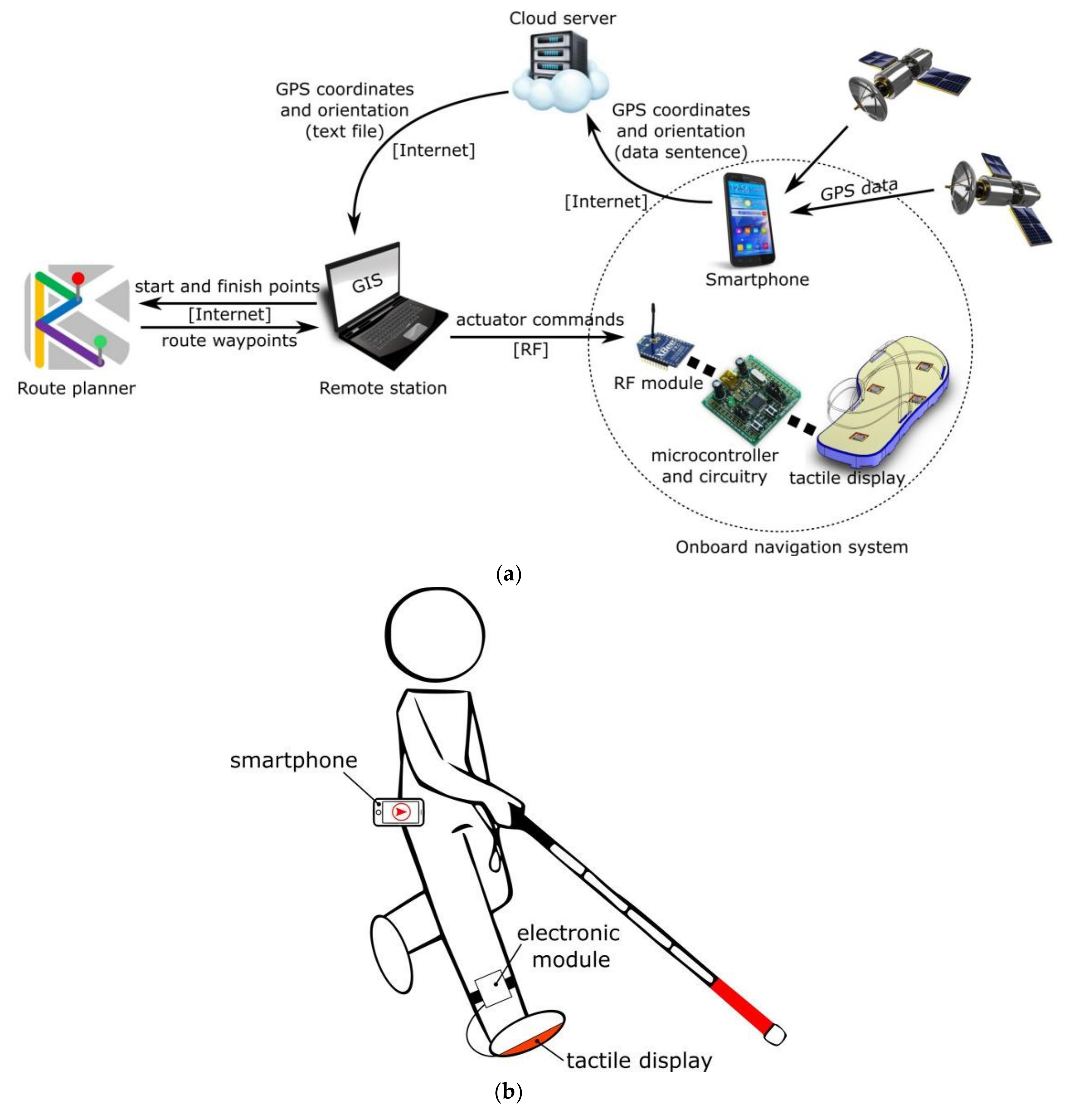A review of trekker bluetooth version 2 7.
Pedestrian gps devices for blind.
Unfortunately gps accuracy geographical information system gis data and map matching techniques are adapted to vehicle navigation only and fail in assisting pedestrian navigation especially for the blind.
Accessible pedestrian signals aps began to emerge in the 1970s in the united states and have since largely evolved to adapt to their environment and their users.
In this paper we designed an assistive device for the blind based.
Of a novel navigation assistive device for blind pedestrians based on gps and tactile feedback.
The device is intended to be used as a localization and guidance system complementary to the.
Blind people need to be educated about which devices are accessible.
The computer converts this data to a position on an electronic map of locality.
What follows is a product evaluation by the staff of the international braille and technology center for the blind of the gps technology for the blind which is currently available for purchase in the united states.
With the addition of devices to give the precise current position and orientation of the blind pedestrian the system could then be used outdoors.
The outdoor positioning system is based on signals and satellites which give the longitude and latitude to within a metre.
Gps could provide them with a remarkable autonomy.

